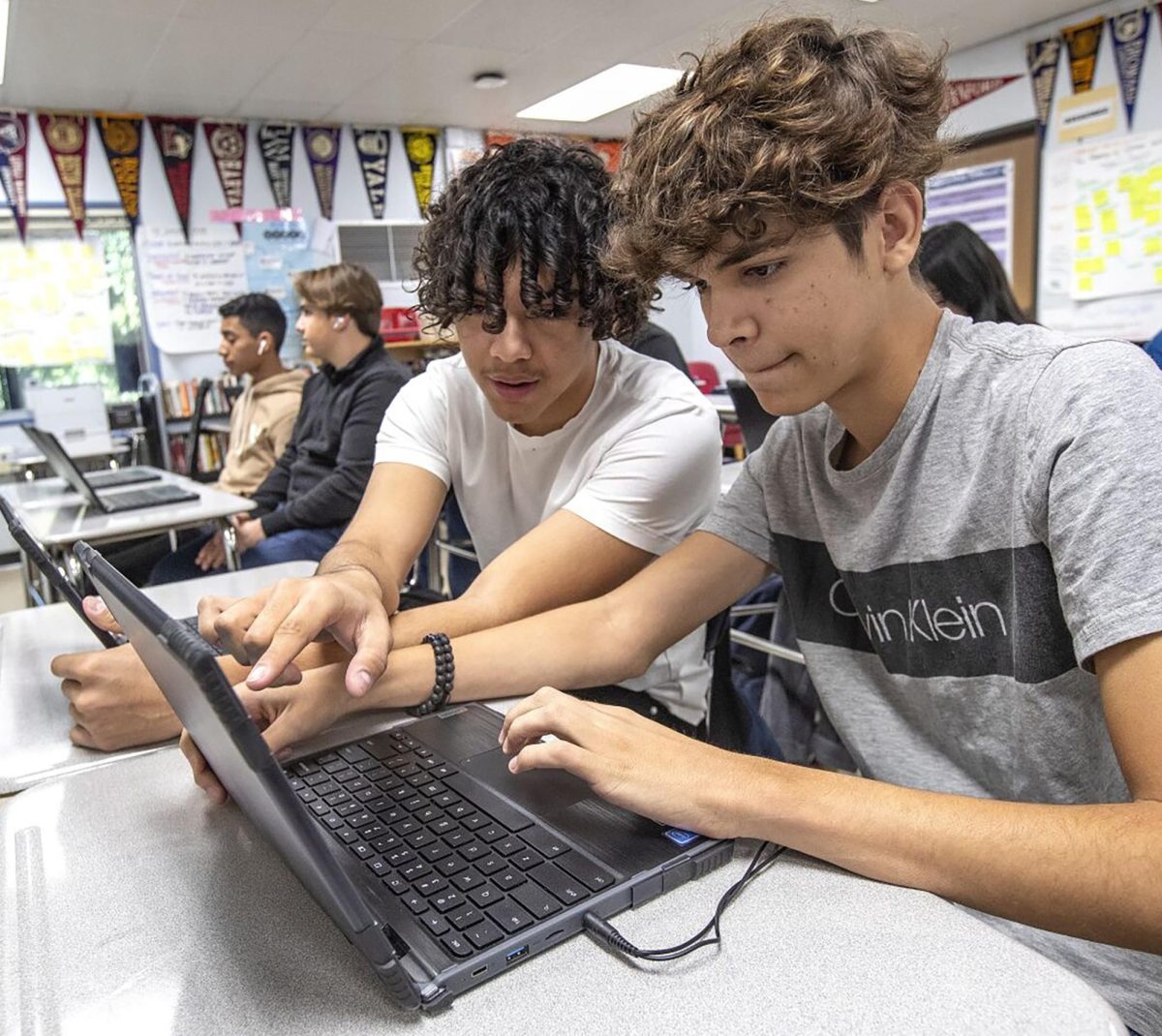In the digital age, the website Rate My Professors (RMP) is an optional tool for students, providing a window into the teaching styles and personalities of prospective instructors. However, these platforms are not without their pitfalls.
RMP, founded by John Swapceinski in May 1999, has become a popular means for students seeking insights into professors and institutions in the United States, Canada, and the United Kingdom. But although RMP offers valuable perspectives, a closer examination reveals specific downsides that warrant careful consideration.
The challenge lies in the inherent subjectivity and one-sidedness of user-generated reviews. The platform’s reliance on personal experiences often results in reviews lacking essential context, leading to an incomplete portrayal of a professor’s abilities. A positive or negative experience may be inadequately detailed, contributing to a somewhat unreliable representation.
Nathan Zac, a first-year student at Mesa, said “RMP seems pretty accurate, other than the random haters […] the ratings generally matched my actual class experience.” This highlights the challenge of slanted outliers when evaluating professors. Chris Shelor, a sophomore, said “Rate My Professor is a valuable tool when attempting to get an overall sense of a professor’s personality, teaching style, and possibly the workload. I think it is very important to understand the type of class it is and to grasp what the demands might be.”
The impact of review quantity on a professor’s rating is also a potential source of skewed information. The tendency for students with negative experiences to be more vocal can create an imbalance in the perception of a professor’s capabilities. As a result, disproportionate negative reviews may overshadow positive ones, influencing potential students’ decisions.
A professor’s awareness of being rated on RMP can also have an adverse effect. Mesa math professor Juan Bernal said, “Students sometimes forget that we are people too and some comments that attack you personally affect us. I’m not perfect but I try to do my best and know that I will make mistakes along the way. Being singled out publicly […] can be excessive”. Positive reviews serve as reinforcement for effective practices. However, relying solely on these reviews may oversimplify the complex nature of teaching, as Bernal pointed out: “Take it with a grain of salt […] Don’t let a good or bad rating be the final decision because there are so many variables at play.”
While RMP offers possible insights, students must navigate its downsides cautiously. The platform’s subjective nature, the potential for subjective representation, and the impact of review quantity all emphasize the need for a nuanced approach. Students should view the site as a supplementary tool, recognizing its limitations and appreciating the diverse perspectives it presents. Informed decision-making requires an understanding of these downsides, empowering students to make choices aligned with their preferences while acknowledging the inherent flaws in the system.




